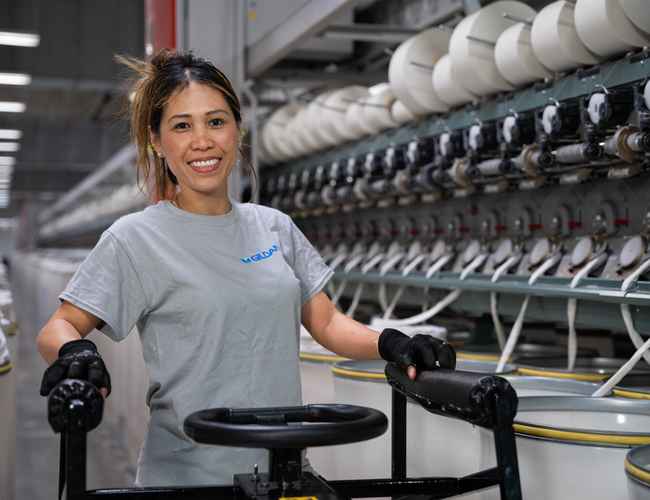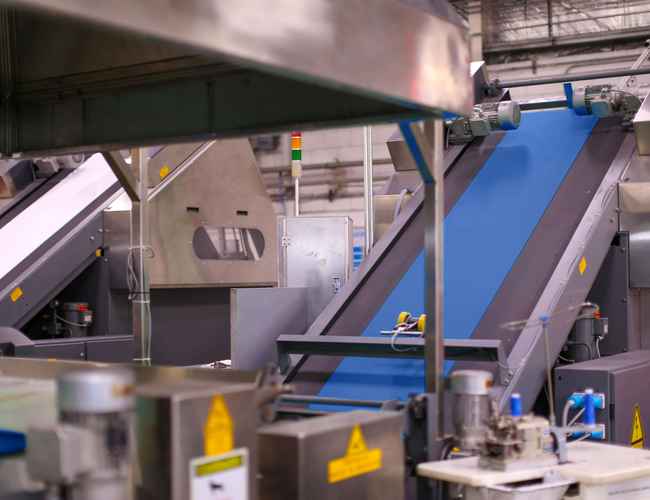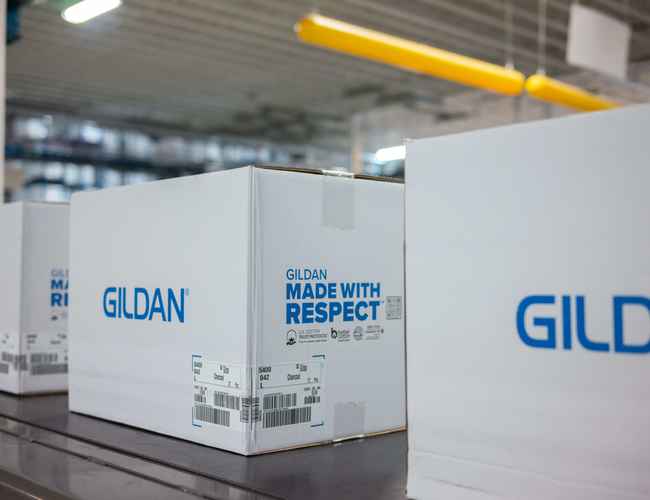A look inside our supply chain
Vertical integration at Gildan
Gildan's vertical integration includes the vast majority of our apparel production cycle, which begins after sourcing raw materials for our clothes. Our main raw material is cotton, which we source from the U.S. where it is sustainably and ethically grown and harvested. After selecting and purchasing the cotton, it is sent on a journey across four stages throughout our operations:
What is vertical integration?
Vertical integration occurs when the supply chain of a company is owned and operated by that company, allowing it to directly control the stages in its production cycle as opposed to outsourcing them to external contractors or third-party facilities.
The benefits of vertical integration on ESG
With unparalleled visibility over our supply chain, we can better identify opportunities to optimize our business and integrate innovative solutions across our tier 1, 2, and 3 processes. This unique business model has been one of the founding principles to our success and a key driver behind Gildan’s low-cost model, long-term growth strategy, and commitment to environmental, social, and governance (ESG) practices.





